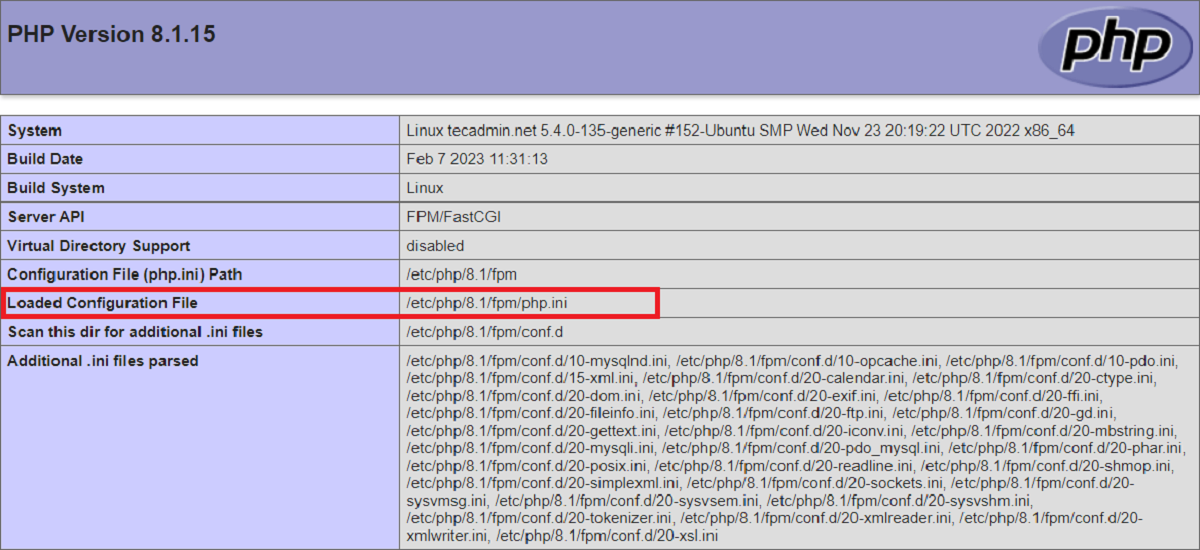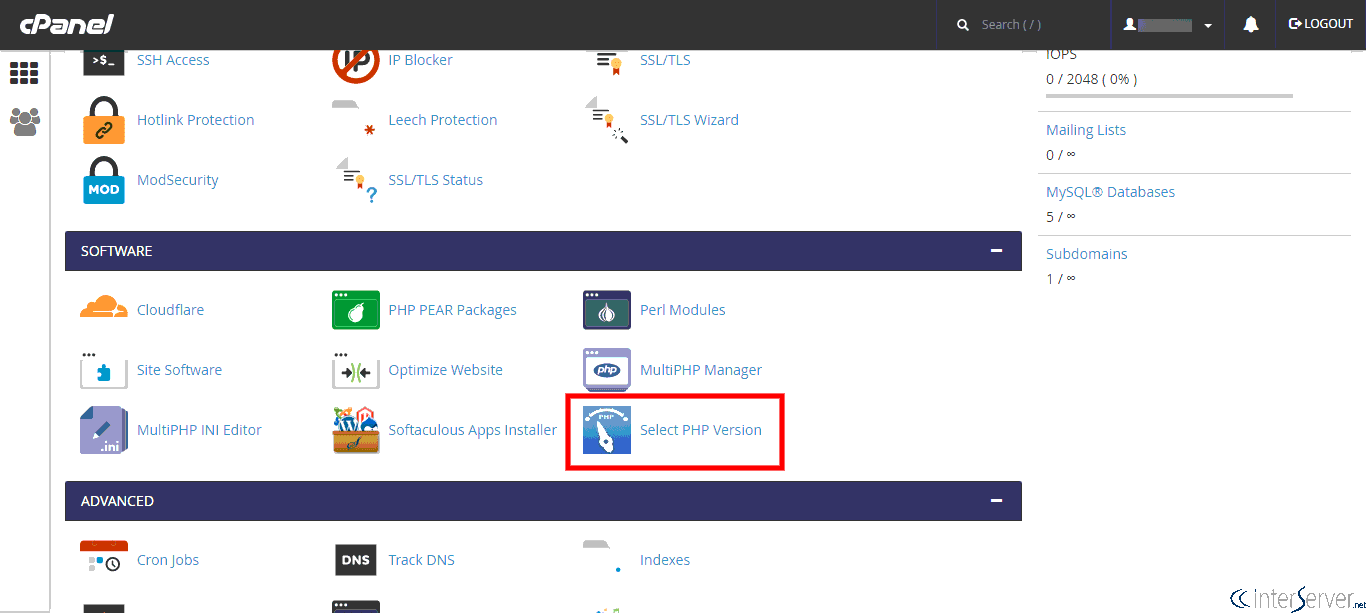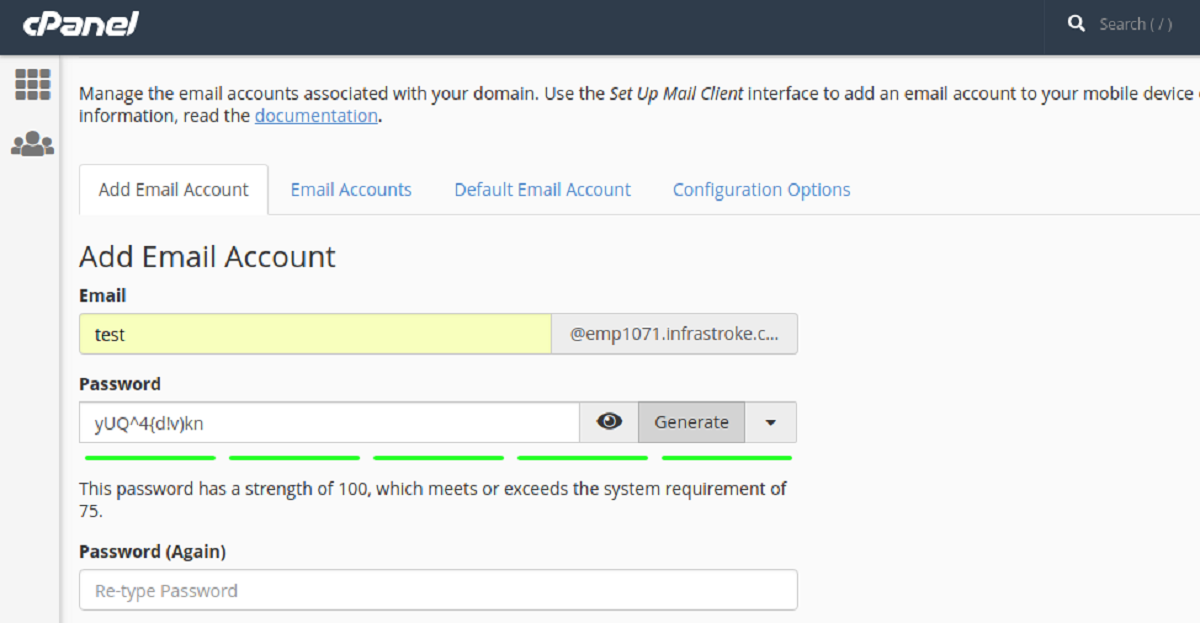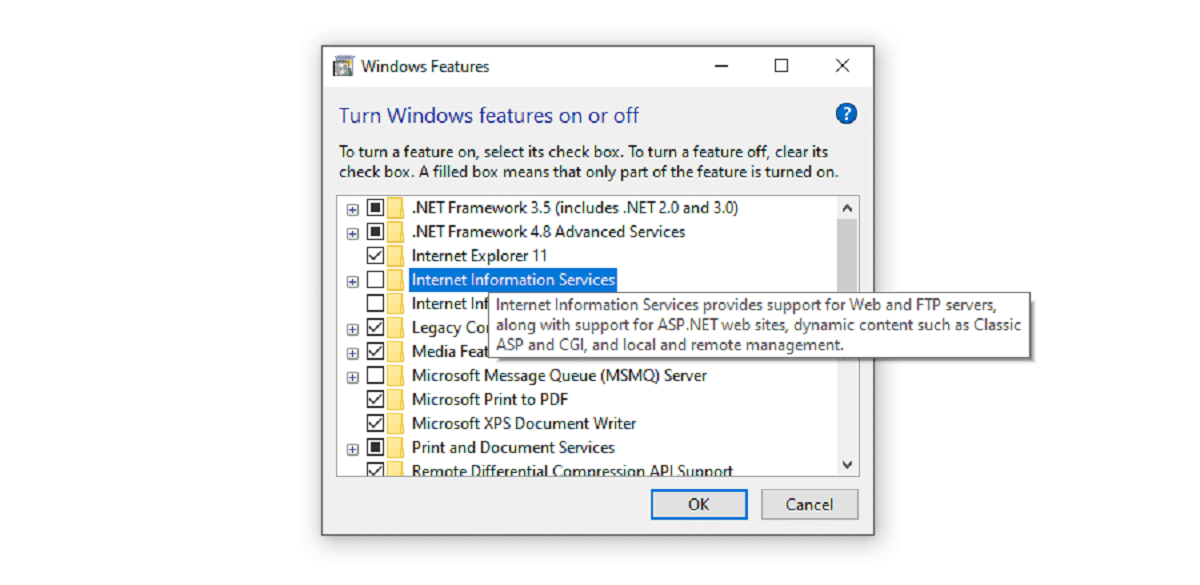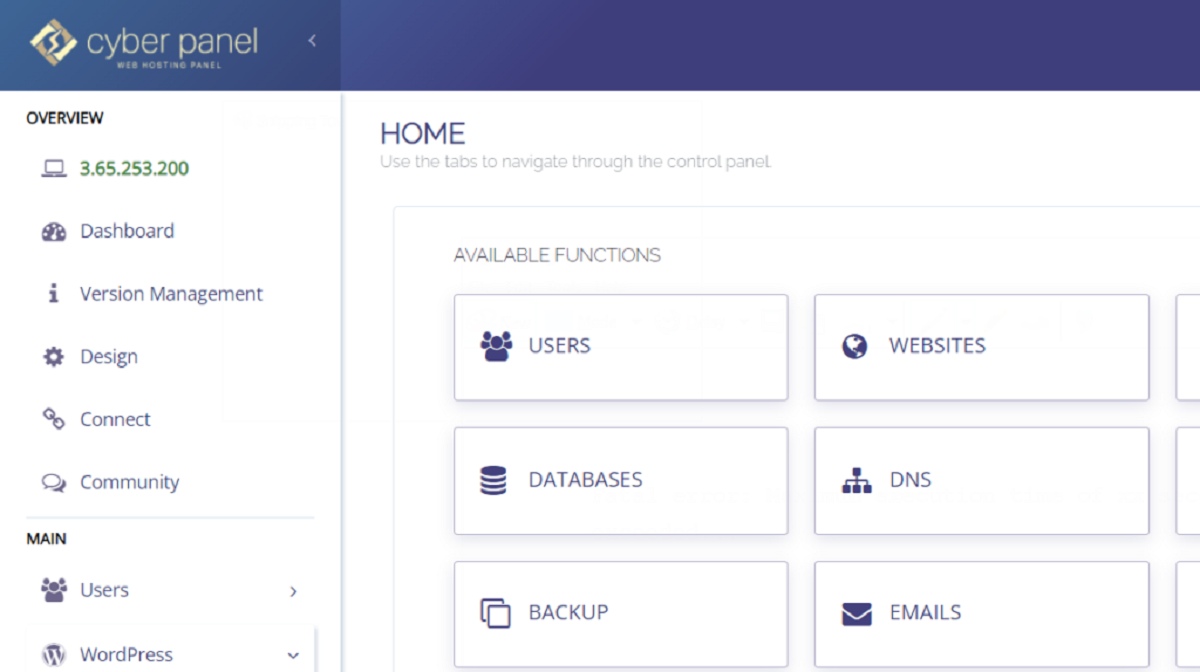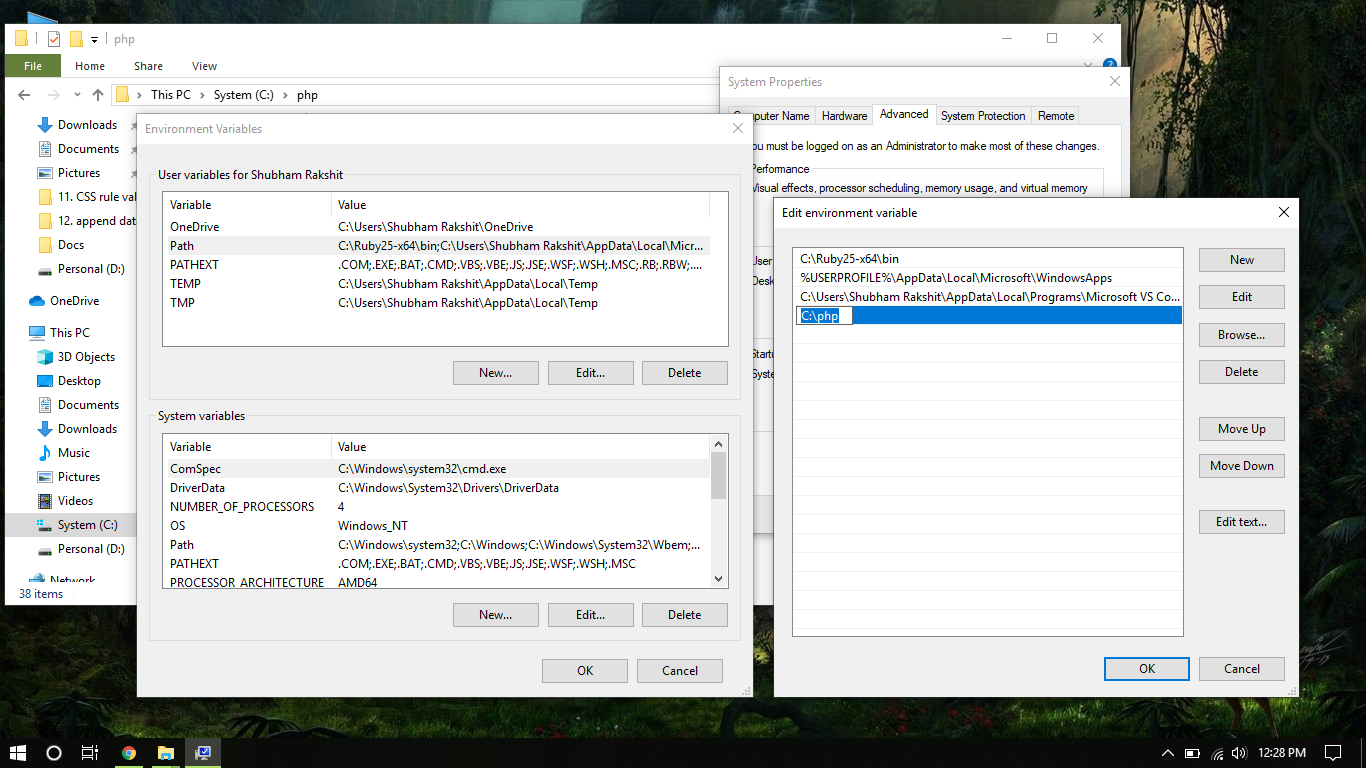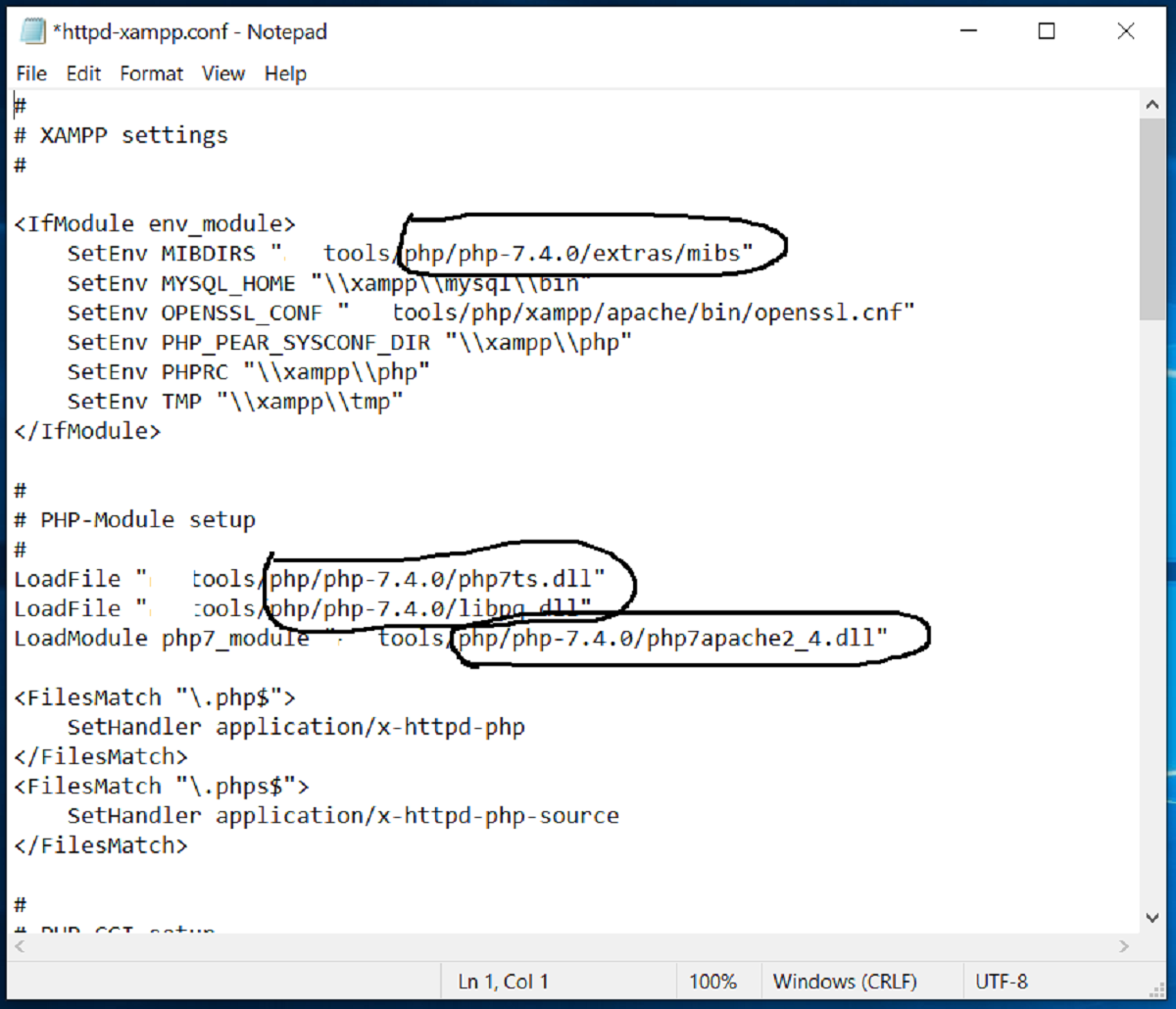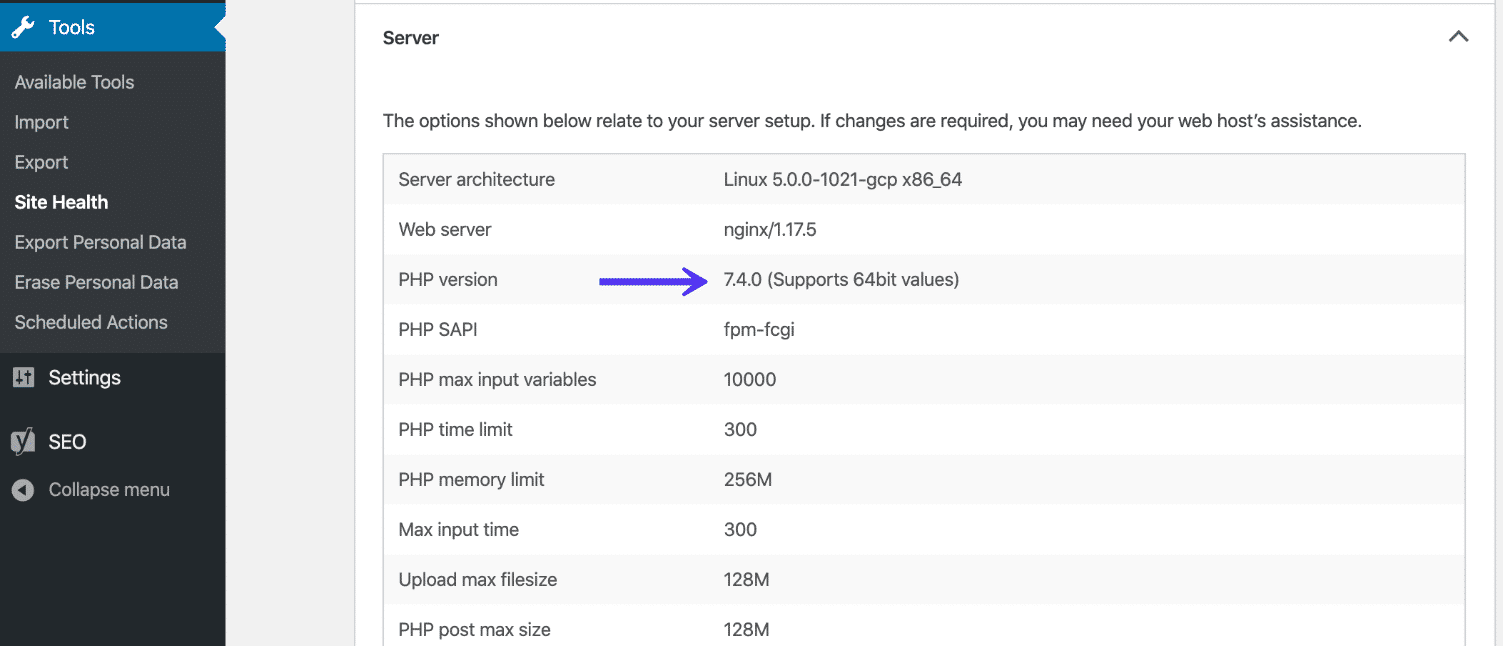Introduction
Welcome to our guide on the PHP Ini file and its location on different operating systems. If you are a web developer or someone who works with PHP, you may have come across the PHP Ini file at some point.
The PHP Ini file, short for “Initial Configuration,” is a configuration file for PHP settings. It contains various directives that control the behavior and settings of the PHP interpreter. These settings include the maximum file upload size, error reporting level, session parameters, and more.
Understanding the location of the PHP Ini file on different operating systems is crucial when you need to modify these settings. By knowing where to find this file, you can easily make changes to suit your specific development needs.
In this guide, we will explore the various locations of the PHP Ini file on Windows, macOS, and Linux. Additionally, we will touch upon how to modify the PHP Ini file to customize PHP settings to enhance your web development experience.
Let’s dive in and uncover the mysteries of the PHP Ini file!
What is PHP Ini file?
The PHP Ini file, also known as the “Initial Configuration” file, is a crucial component in the PHP programming language. It serves as the main configuration file that contains directives to control the behavior and settings of the PHP interpreter. These directives determine how PHP interacts with the server and processes the code.
The PHP Ini file plays a vital role in customizing and fine-tuning the PHP environment according to specific requirements. It allows developers to adjust various settings, such as memory limits, error reporting levels, file upload size, and session handling parameters.
By modifying the PHP Ini file, developers can optimize the performance and functionality of PHP applications. It offers flexibility and control over how PHP operates, making it an essential tool for web development.
The PHP Ini file is divided into sections, with each section containing specific directives related to a particular aspect of PHP. Some commonly used sections in the PHP Ini file include:
- General Settings: This section contains directives related to the basic settings of PHP, such as error reporting, display errors, and default time zone.
- File Uploads: Here, you can specify the maximum file size for uploads, maximum number of files that can be uploaded, and allowed file types.
- Memory Management: This section allows you to control PHP’s memory usage by adjusting settings like memory_limit and max_execution_time.
- Session Handling: Here, you can configure session-related settings, including session name, save path, and session timeout.
Understanding the purpose and significance of the PHP Ini file is essential for developers working with PHP. It provides the means to customize the PHP environment, optimize PHP applications, and ensure smooth and efficient execution of PHP code.
Location of PHP Ini file on different operating systems
The location of the PHP Ini file may vary depending on the operating system you are using. Let’s explore the different locations on Windows, macOS, and Linux:
- Windows: On Windows, the PHP Ini file is typically located in the PHP installation directory. The exact path may vary depending on the version and installation method. You can check the following locations:
- If you are using PHP as a module in Apache, the PHP Ini file is often found at
C:\Program Files\PHP\php.ini. - For PHP installations using WAMP Server, the file can be located at
C:\wamp\bin\php\php{version}\php.ini.
- If you are using PHP as a module in Apache, the PHP Ini file is often found at
- macOS: On macOS, you can find the PHP Ini file in the PHP configuration directory. The common paths include:
- The global PHP configuration file is typically located at
/etc/php.ini. - For user-specific configuration, the file is often found at
~/.php.ini.
- The global PHP configuration file is typically located at
- Linux: On Linux distributions, the PHP Ini file is typically stored in the PHP configuration directory. The paths can differ based on the distribution and PHP version, but common paths include:
- The global PHP configuration file can be located at
/etc/php.ini. - For user-specific configuration, the file is often found at
~/.php.inior~/.config/php.ini.
- The global PHP configuration file can be located at
Knowing the location of the PHP Ini file on your specific operating system is crucial when you need to modify PHP settings. By navigating to the correct directory and opening the file, you can easily access and modify the PHP directives to suit your specific requirements.
Now that you are familiar with the typical locations of the PHP Ini file on different operating systems, let’s move on to the next section and learn how to modify this file.
Location of PHP Ini file on Windows
On Windows, the location of the PHP Ini file may vary depending on your PHP installation method and version. Here are some common locations:
- If you have installed PHP as a module in Apache, the PHP Ini file is often found at
C:\Program Files\PHP\php.ini. However, please note that the installation directory may differ if you chose a custom installation path. - If you are using WAMP Server, a popular PHP development environment for Windows, the PHP Ini file can be located at
C:\wamp\bin\php\php{version}\php.ini, where {version} corresponds to the PHP version you have installed. - In some cases, when using XAMPP, the PHP configuration file can be found at
C:\xampp\php\php.ini. Again, please make sure to double-check the installation directory if you have customized it during setup.
To locate the PHP Ini file on your Windows system, you can also refer to the PHP installation documentation or search for the file using the file search function in your file explorer. Remember, the exact path may vary depending on your specific setup and version of PHP.
Once you have located the PHP Ini file, you can open it using a text editor such as Notepad or a code editor of your choice. Make the necessary modifications to the PHP directives and save the file.
It’s worth noting that after making changes to the PHP Ini file, you may need to restart your web server (Apache, IIS, etc.) for the modifications to take effect.
Now that you know the typical locations of the PHP Ini file on Windows, you can easily access and modify it to customize your PHP configuration based on your development needs.
Location of PHP Ini file on macOS
On macOS, the PHP Ini file is located in the PHP configuration directory. The exact path may vary depending on your PHP installation and setup. Here are the common locations:
- The global PHP configuration file is typically located at
/etc/php.ini. This file affects the PHP settings system-wide on your macOS. - You may also have a user-specific PHP Ini file located at
~/.php.ini. This file allows you to override global PHP settings and customize them for your user account.
These are the default locations for the PHP Ini file on macOS. However, if you have a custom installation or are using a PHP package manager like Homebrew, the location may differ. In such cases, it is recommended to consult the documentation or check your specific PHP configuration.
To access and modify the PHP Ini file on macOS, you can use a text editor or a code editor of your choice. Open the file, make the necessary changes to the PHP directives, and save the file.
It’s important to note that editing the PHP Ini file may require administrative privileges. If you are modifying the global PHP configuration file at /etc/php.ini, you may need to use a text editor with elevated permissions, such as sudo vim, to save the changes.
After modifying the PHP Ini file, it is recommended to restart your web server (Apache, Nginx, etc.) for the changes to take effect.
By understanding the location of the PHP Ini file on macOS, you can easily access and customize the PHP configuration to suit your development needs.
Location of PHP Ini file on Linux
On Linux distributions, the PHP Ini file can typically be found in the PHP configuration directory. However, the exact location may vary depending on the distribution and PHP version. Here are the common locations:
- The global PHP configuration file is often located at
/etc/php.ini. This file affects the PHP settings system-wide on your Linux system. - You may also have a user-specific PHP Ini file located at
~/.php.inior~/.config/php.ini. This file allows you to override the global PHP settings and customize them for your user account.
It’s worth noting that some Linux distributions, such as Ubuntu, separate the PHP Ini files into different sections based on PHP versions. For example:
- For PHP 7.4, the global configuration file is located at
/etc/php/7.4/apache2/php.ini. - If you are using PHP 8.0, the file can be found at
/etc/php/8.0/apache2/php.ini.
It is recommended to consult your distribution’s documentation or check the PHP configuration on your Linux system to determine the exact location of the PHP Ini file.
To access and modify the PHP Ini file on Linux, you can use a text editor or a code editor of your choice. Open the file, make the necessary changes to the PHP directives, and save the file.
It’s important to note that editing the PHP Ini file may require administrative privileges. If you are modifying the global PHP configuration file at /etc/php.ini, you may need to use a text editor with elevated permissions, such as sudo vim, to save the changes.
After making modifications to the PHP Ini file, it is advisable to restart your web server (Apache, Nginx, etc.) for the changes to take effect.
By understanding the location of the PHP Ini file on Linux, you can easily access and customize the PHP settings to suit your development requirements.
Modifying PHP Ini file
Modifying the PHP Ini file allows you to customize and fine-tune PHP settings according to your specific requirements. Here are the steps to modify the PHP Ini file:
- Locate the PHP Ini file: Depending on your operating system, find the PHP Ini file at its respective location. Refer to the earlier sections of this guide to determine the location for your specific operating system.
- Backup the PHP Ini file: Before you make any changes, it’s always a good practice to create a backup of the original PHP Ini file. This allows you to revert to the original settings if needed.
- Open the PHP Ini file: Use a text editor or a code editor to open the PHP Ini file. Ensure that you have the necessary permissions to edit the file.
- Make the necessary changes: Within the PHP Ini file, you will find various directives that control PHP settings. Modify the directives as required. For example, you can adjust memory limits, error reporting levels, file upload sizes, and more. Each directive is commented in the file, providing a brief description of its purpose.
- Save the file: After making the desired changes, save the PHP Ini file. Ensure that the file is saved with the appropriate encoding (UTF-8 is recommended).
- Restart your web server: To apply the changes, restart your web server (Apache, Nginx, etc.). This ensures that the modified PHP settings take effect.
It’s important to note that some changes to the PHP Ini file may require a server restart, while others may take effect immediately. Consulting the PHP documentation or the specific directives within the file can help you understand the impact of your modifications.
By modifying the PHP Ini file, you can tailor your PHP environment to suit your development needs, optimizing performance and ensuring the smooth execution of PHP code.
Conclusion
Understanding the PHP Ini file and its location on different operating systems is essential for web developers working with PHP. The PHP Ini file serves as the central configuration file that controls the behavior and settings of the PHP interpreter.
Throughout this guide, we have explored the purpose and significance of the PHP Ini file. We have learned its location on various operating systems, including Windows, macOS, and Linux.
On Windows, the PHP Ini file is commonly found in the PHP installation directory, while on macOS, it is located in the PHP configuration directory. Linux distributions often have the PHP Ini file in the PHP configuration directory, with variations depending on the distribution and PHP version.
To modify the PHP Ini file, you need to locate it, open it with a text editor, make the necessary changes to the directives, and save the file. Remember to restart your web server for the modifications to take effect.
By customizing the PHP Ini file, you can finely tune PHP settings to optimize performance, handle file uploads, manage memory usage, and configure session handling. This level of control over the PHP environment allows you to tailor PHP to your specific development needs.
Now that you have a clear understanding of the PHP Ini file and its location on different operating systems, you are well-equipped to navigate, modify, and harness the power of PHP configurations for your web development projects.







